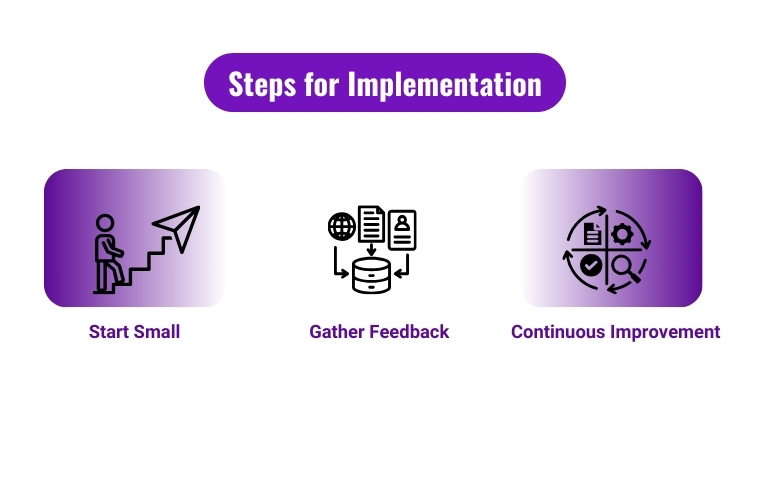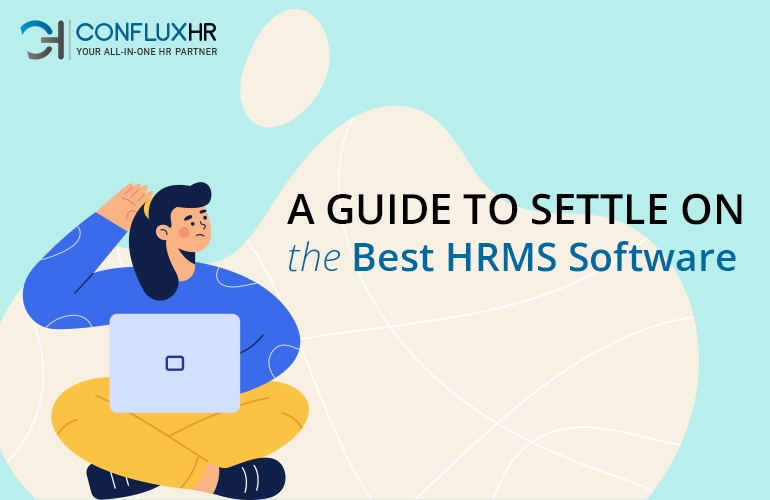Picture this: It’s another lazy afternoon at the office. Rajesh, a team lead, casually invites Priya, his team member, for a cup of chai. As they sip their steaming beverages, Rajesh offhandedly mentions, “So, how do you think you’re doing?” Playing out in countless offices across India, this scenario represents the informal “chai time” approach to employee evaluations. But is this casual method enough in today’s fast-paced, competitive business-sufficient world? It’s time to transform these relaxed chai-side chats into powerful, structured “prime time” employee evaluations that drive performance and foster growth.
The Traditional Approach: Chai Time Evaluations
Informal conversations over chai have long been a staple of Indian work culture. These casual chats offer a relaxed atmosphere where managers and employees can speak freely, potentially leading to candid feedback. The familiar setting can put employees at ease, making it easier to discuss sensitive topics or areas for improvement.
However, this informal approach has its drawbacks. A lack of structure can lead to inconsistent evaluations across teams. Without clear metrics or guidelines, personal bias can easily creep in, and important performance aspects might be overlooked. Moreover, these casual conversations often lack documentation, making it difficult to track progress over time.
The Need for Change
As workplaces evolve, so too must our approach to employee evaluations. Modern employees seek clear, actionable feedback and tangible career development opportunities. They want to understand how their work contributes to broader organizational goals and how they can grow within the company.
From an organizational perspective, evaluations need to align with business objectives and provide measurable insights into employee performance. Companies require structured data to make informed decisions about promotions, compensation, and resource allocation.
Revising Employee Evaluations: From Chai Time to Prime Time
To meet these evolving needs, it’s time to revolutionize the evaluation process. Here’s how:
- Structured Feedback Systems: Instead of vague, general feedback, implement a system with clear objectives and expectations for each role. Regular check-ins, perhaps quarterly rather than annually, ensure that feedback is timely and relevant.
- Utilizing Technology: Embrace performance management software to streamline and standardize evaluations. Platforms that allow for real-time feedback can provide immediate recognition and address issues promptly.
- Training and Development: Equip managers with the skills to conduct effective evaluations. This includes training on giving constructive feedback, setting SMART goals, and creating personalized development plans based on evaluation outcomes.
Practical Steps for Implementation
Ready to make the shift? Here’s how to get started:
- Start Small: Begin with a pilot program in one or two departments. This allows you to refine the process before rolling it out company-wide.
- Gather Feedback: Regularly collect input from both managers and employees about the new evaluation process. Use this feedback to make necessary adjustments.
- Continuous Improvement: Remember, the goal is progress, not perfection. Regularly review and update your evaluation system to ensure it remains relevant and effective.
Conclusion
The journey from casual chai-time chats to structured, impactful “prime time” evaluations may seem daunting, but the benefits are clear. By implementing a more formal, yet still personalized approach to employee evaluations, companies can drive performance, boost engagement, and foster a culture of continuous improvement.
As you sip your next cup of chai, consider this: How can you transform those informal conversations into powerful tools for growth and success? The time has come to improve employee evaluations from a casual afterthought to a cornerstone of organizational excellence. Your employees – and your bottom line – will thank you for it.





